Review
Sadly, after just over 6,000 miles and six months, our i5 Tourer long-term test car has returned to BMW and it’s difficult to find a way in which it did not impress.
As an executive estate, it ticks all the right boxes. It’s good-looking, practical, has a high-quality interior, is packed with driver-focused technology and offers a great mix of handling, refinement and comfort.
As an electric car, it offers excellent performance, decent range (improved on current models due to a number of technical updates) and impressive charging speeds.
Combine these and you get one of the best cars on the market. As BMW has shown in the past – and as we’ve experienced personally with an i4 long-termer – the manufacturer has the ability to combine all the elements of what makes its petrol cars so appealing, with zero-emission powertrains and not lose any of its qualities.
Of course, electric cars as a whole are becoming more complete packages than they were a few years ago, but there is something about the way BMW has been able to incorporate the new powertrain technologies into its vehicles which is particularly special.
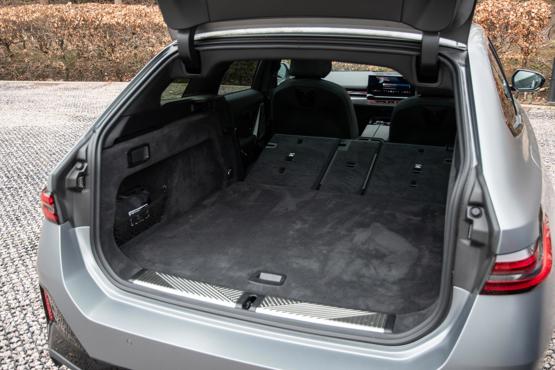
During its time with us, the i5 Tourer has been used for many of the tasks a typical executive estate owner may put it through terms of transporting people and unusually-shaped items such as golf equipment and bicycles, and it hasn’t missed a beat.
Over long-distances it’s been a joy as it just eats up the miles in an unruffled way, always leaving me refreshed at the end of a journey, while in more mundane urban duties it’s been far more manoeuvrable than its size suggests.
Despite it being longer than a standard supermarket parking space, I’ve whizzed around tight areas such as multi-storey car parks with ease.
Its overall efficiency has been 2.9 miles/kWh, which is less than our model’s WLTP figure of 3.5mi/kWh, but our time with it also covered the colder winter months so I’m pretty pleased with that – especially as the car’s sporting demeanour doesn’t encourage hypermiling.
The i5’s technology has also impressed. The My BMW app provides plenty of information about the car, as well as the ability to pre-heat or cool the cabin remotely, while the in-cab tech is plentiful and easily operated either through the 14.9-inch infotainment touchscreen, numerous physical buttons, or voice control.
When the i5 joined the Fleet News fleet, I had very high expectations for my time with it. Now it’s gone, it’s fair to say to it met – and often exceeded - them.
More efficient than expected
Although efficiency may not be a top concern for a car – and perhaps for many of its likely drivers - like the i5 Touring, it still remains a crucial consideration for anyone considering a battery electric vehicle.
A number of technical improvements introduced in March this year, including changes to its power electronics, saw the i5 range benefit from an increase in efficiency. Current i5 eDrive40 Touring models offer a WLTP range of up to 341 miles and an efficiency of 3.7 miles/kWh.
Absent of these changes, however, our test model has a WLTP range of 326 miles and efficiency of 3.5mi/kWh – still both decent for a car of this size, weight and performance.
Understandably, my real-world figures have fallen short of these. Since the beginning of November, I’ve driven our i5 almost 6,000 miles and achieved an average of 2.9 miles/kWh.
This meant I was also some way off achieving the official range. The highest indicated mileage I had when I was the battery was at 100% was 299 – tantalisingly close to the 300-mile mark which I would have been delighted with.
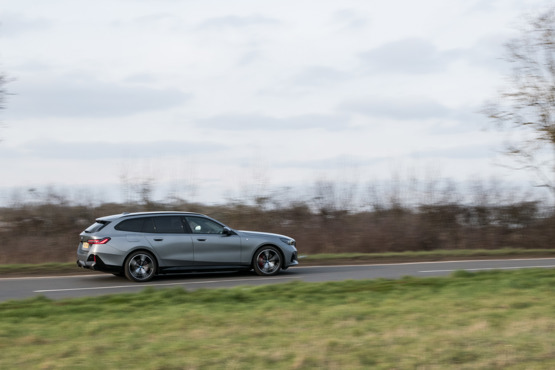
In mitigation, the time we’ve been running the i5 has covered the coldest months of the year, so perhaps I would have been closer to the official figures if we had the car over the summer.
The My BMW app makes it easy to stay informed about your driving efficiency, keeping records of all journeys undertaken, as well as regular summaries of your performance.
For example, if I look at the app now, it tells me that in April I drove 918.9 miles with an average consumption of 3.4mi/kWh. It also adds context to your performance, benchmarking it against other drivers of identical cars.
I’ve not after a medal for this, but my efficiency, for example, was better than 81% of other i5 eDrive40 drivers over the same period.
It also gives you details about your most efficient trip (4.8mi/kWh if anyone is interested, although it was only a low-speed., three-mile journey).
But of course, although the i5 is capable of decent efficiency it isn’t a car that you would necessarily want to – or need to given its 300-mile range – hypermile in given how good it is to drive.
I’ve already raved about this in previous reports (and am sure to in the next one as well) so unless it is absolutely necessary to wring every mile out of the battery, I’d recommend you just stick to your normal driving style and savour the experience of owning at i5.
Understanding the tech
Not that many years ago, it was common for manufacturers to market their mainstream cars by boasting they featured technology usually found only in larger, more expensive vehicles.
This marketing strategy has gently eased into the background as the equipment levels of all cars have increased, with advanced technology found in all cars, no matter their size and price tag.
However, our i5 bucks this trend as it still offers plenty of technology not found in smaller, less premium cars, which adds to the already-excellent ownership experience.
This starts with when – and how - you get into the driver’s seat. Press the power button and the steering wheel moves down to your preferred position for driving. Put your seatbelt on and the seat slides forward to the correct place.
When you switch the car off at the end of the journey the get out of the car it moves them both back to their original positions, making it easier to get in and out of the car. It’s not a new feature for executive cars, but it is does add a touch of class.
As well as being heated – as you would expect - the seats are cooled. This sounds unnecessary, but it is a refreshing feeling when the weather is warm and is also a key part of BMW’s in-car technology to keep a driver alert.
Use the ‘Hey BMW’ voice recognition system and tell the car you are feeling tired and the Vitalise programme mode kicks in.
The ambient lighting goes yellow and blue, the climate control goes to 18C, the roof blind opens, upbeat music for three minutes and the seats are cooled on maximum power.
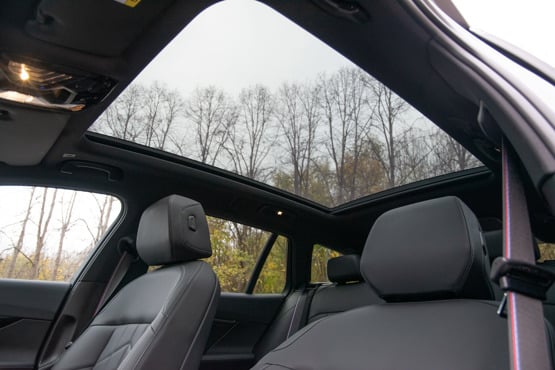
It’s no substitute for stopping in a parking area and having a nap, but it does have an immediate impact on your alertness. It also makes your legs go very cold.
Another nice touch which I hadn’t encountered on a car before is the washer on the reversing camera.
A few weeks ago, when the roads were dirty, the lens of the BMW’s reversing camera, which is mounted about the rear numberplate, was mucky, obscuring vision.
A prompt them popped up on the infotainment screen asking if I would like to clean the camera. I thought it was just a polite reminder for me to do that when I got out of the car, but when I pressed the text to make it disappear, there was the sound of a small motor whirring and a jet of water washed the lens, giving me perfect visibility again.
This brings me on to another feature which has proved surprisingly useful: the car’s Reverse Assist function.
If you drive somewhere forwards, this retraces the car’s steps, taking control of the steering to reverse on exactly the same path that it drove in on.
My initial though was that this seemed a bit gimmicky, but it came in really useful when I was in a car park recently.
I had gone quite a long way down a narrow lane looking for a space when I met another car coming the other way.
Instead of the usual Mexican standoff between two cars when neither wants to reverse, I just pressed the ‘Reverse Assist’ button and let the car just do its stuff until it got to a place where the other car could pass.
It was speedy and hassle-free, and made me look like a reversing king (which I’m far from).
All of these functions may – on the surface – seem a little frivolous but, combined with the general excellence of the I5, show the depth of its talents.
Driveability and winter range
We’re into month three of our time with the BMW i5 Tourer and – having previously outlined the basics of the car as well as how it fulfils the brief of being an executive estate car – it’s time to talk about the ownership experience.
And – excuse the gushing superlatives which are likely to follow in the rest of this report - it is oh, so good.
BMW has built a brand based on the dynamic driving experience offered by its cars, and the i5 more than lives up to this reputation.
One of the most impressive aspects of the i4 we had on loan last year was that it felt like a great car that just happened to be electric, and the i5 replicates that.
There’s a feeling of innate ‘rightness’ about the whole driving experience, such as the feel and interaction with the controls, the driving position, the handling and ride.
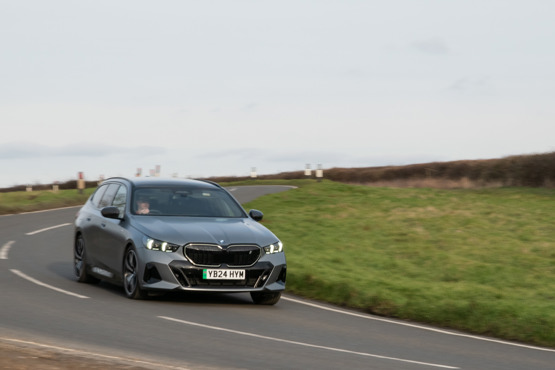
It also does that trick of being a big car but never feeling it. I’m not the greatest at manoeuvring cars around tight spaces, but I’ve zipped around multi-storey car parks with ease, and wound through narrow roads and tight spaces between vehicles comfortably, fully knowing where all the corners of the BMW were.
The only time I’ve noticed its size is when parking, and then its length can be a factor in a cramped car park. But that, to be fair, is probably partly down to my lack of ability, although the reversing camera and parking sensors are a great help here.
Unsurprisingly, the i5 also excels when the roads are wider and the speed limits higher. On national speed limit trunk roads and motorways, it just eats up the miles.
The ride is excellent and the level of refinement – helped by the fully electric powertrain – is high. It offers plenty of performance as well, with a standard 340PS and 400Nm for a 0-62mph time of 6.1 seconds.
If that isn’t enough, then a ‘Boost’ paddle lever behind the steering wheel provides an extra 30Nm for 10 seconds – plenty to provide a meaningful boost to aid with overtaking for a short while.
Activating this is also triggers a change in the cabin – the driver display switches to the red and blue of BMW M-Sport, while the HUD display also switches to a similar colour scheme, along with additional graphics.
In daylight, this adds to the drama. When it’s dark, however, the brightness and size of the illumination is a little overpowering, obscuring the road ahead for a short time.
Now the weather has warmed up a little, a full charge is giving an indicated range of up to 280 miles, just five miles less than the official WLTP figure. On most journeys, I’m achieving between 2.9 and 3.2 miles per kWh.
As we edge further into spring and towards the summer, I’m optimistic that I’ll be able to beat the official range.
Quality and comfort
Two of the major requirements for an executive estate car – such as our BMW i5 Touring – is to provide a premium experience and, of course, plenty of practicality.
It’s early days on our long-term fleet for our i5, but it’s clear it provides both of these – and then some.
The cabin oozes quality, both in terms of design and material use, and when you settle into the driver’s seat you do feel like you’re in something special.
From the 12.3-inch digital driver display and 14.9-inch infotainment touchscreen to the customisable wraparound ambient lighting, there is a real feeling of advanced technology and comfort.
The interior design has a cohesive feel to it as well – the way the touchscreen is incorporated into one curved unit along with the driver display and not just jutting out as if someone has stuck a tablet on to the centre console is just one example of how well integrated it all is.
The seats are firm but supportive, with plenty of space for all passengers, especially those in the rear.
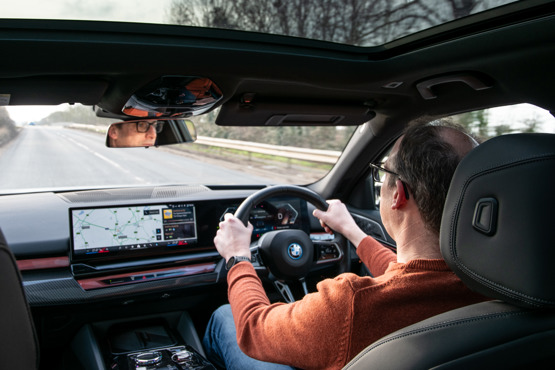
I’ve transported four adults and a child in it several times, and the comments have always been how nice – and spacious – the interior is.
Rear seat passengers also also get to benefit from the USB-C charging ports located on the back of the front seats. one of the many nice touches within the cabin.
As expected for an executive car, it has a large footprint – it measures just over 5m long and 1.9m wide - and this helps give it 570 litres of boot space, increasing to 1,700 when the rear seats are folded.
Unfortunately the rear seats don’t fold far enough to create a perfectly flat load area, but the boot lip is low and the sheer size of the area means it offers plenty of practicality.
The boot is wide enough to accommodate a golf bag – including driver – sideways, for example, while when the seats are down it can accommodate loads of up to around 1.9m in length (obviously this changes depending on where the front seats are positioned).
This practicality is enhanced through a number of compartments, eyelets and hooks located in the bootspace. Our i5 Touring is also fitted a towbar (£1,200), enabling it to tow a maximum of 1,500kg.
BMW i5 Touring eDrive40 M Sport joins our fleet
Over the past few years, we’ve been lucky to have two variants of BMW’s i4 electric premium car on our long-term test fleet, and have been enormously impressed by both of them.
This has been reflected in the range being named Best Premium Car in 2022, 2023 and 2024 in the Fleet News Awards.
Now, its bigger brother – the i5 - has joined our long-term fleet so we can see how that matches up.
First signs are really positive. We’ve taken on the eDrive40 M Sport Tourer and in the optional Individual Frozen Pure Grey (£3,000), it has plenty of kerb appeal – it looks striking and the estate bodystyle adds to its presence.
Our test model is the rear-wheel drive eDrive40 M Sport Pro Touring, which uses an 81kWh battery to power a 340PS motor, giving a WLTP range of 285 miles. I5 models produced from next month (March 2025) will benefit from some technical improvements, which boost range by up to 29 miles.
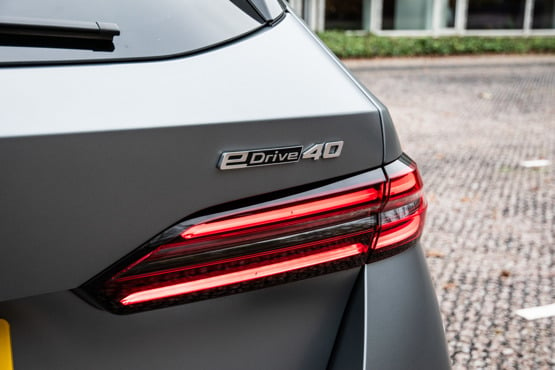
Our test car will charge at speeds of up to 11kW from an AC charger, taking around eight hours to fully replenish the battery from empty., while speeds from an appropriate DC charger will hit 205kW, enabling it to go from 10% charge to 80% in 30 minutes.
Standard equipment on the i5 M Sport Pro includes adaptive LED headlights, M Sport suspension, M Sport brakes with red callipers and a range of M Sport-specific interior features such as leather steering wheel and seat belts.
At first glance, the standard equipment list is pretty sparse, particularly for a car with a P11D price of £78,450.
Fortunately for us, our test model is fitted with a generous amount of optional extras. These include a towbar (£1,200), panoramic glass roof (£1,600), sun protection glass (£470), Bowers & Wilkins surround sound system (£1,250), M Carbon exterior styling (£920).
It is also fitted with the £3,300 Technology Plus pack, which includes an interior camera, driving assistant, professional parking and live cockpit pro with head-up display.
Finally, the £4,600 Comfort Plus pack has also been added and this includes heated steering wheel, ventilated front seats, front comfort seats, front and rear heated seats and four-zone automatic air conditioning.
In total, the cost of the extras is around £17,000, making the P11D price of our test car just over £96,000.
What this has done is make our fully-loaded test model an absolute technological tour de force – over the next six months we will be seeing if the real-world experience of running it can live up to our very high expectations.
Specs
| Manufacturer | BMW |
| Model | I5 Touring |
| Specification | BMW I5 Touring 250kW eDr40 M Sport Pro 84kWh 5dr At Tec+Cmf+/22kW |
| Model Year | 2025.00 |
| Annual VED (Road tax) | £10 |
| BIK List Price | £88,400 |
| Range | 348.60mile(s) |
| CO2 | N/A |
| BIK Percentage | 3% |
| Insurance Group | N/A |
| CC | 1 |
| Fuel Type | Electric |
| Vehicle Type | Large car |
| Luggage capacity (Seats up) | 570litres |
| Doors | 5 |
Running Costs
| P11D | £88,400 |
| Cost per mile | 104.93ppm |
| Residual value | £28,725 |
| Insurance group | N/A |
| Fuel Type | Electric |
| Cost per mile | 447.71ppm |
| Fuel | 2.43ppm |
| Depreciation | 435.30ppm |
| Service maintenance and repair | 9.98ppm |
Rivals
Info at a glance
-
P11D Price
£88,400
-
MPG
N/A (WLTP) -
CO2 Emissions
N/A -
BIK %
3% -
Running cost
3 Year 60k : £28,725 4 Year 80k : £23,050 -
Fuel Type
Electric -
Range
348.60mile(s)

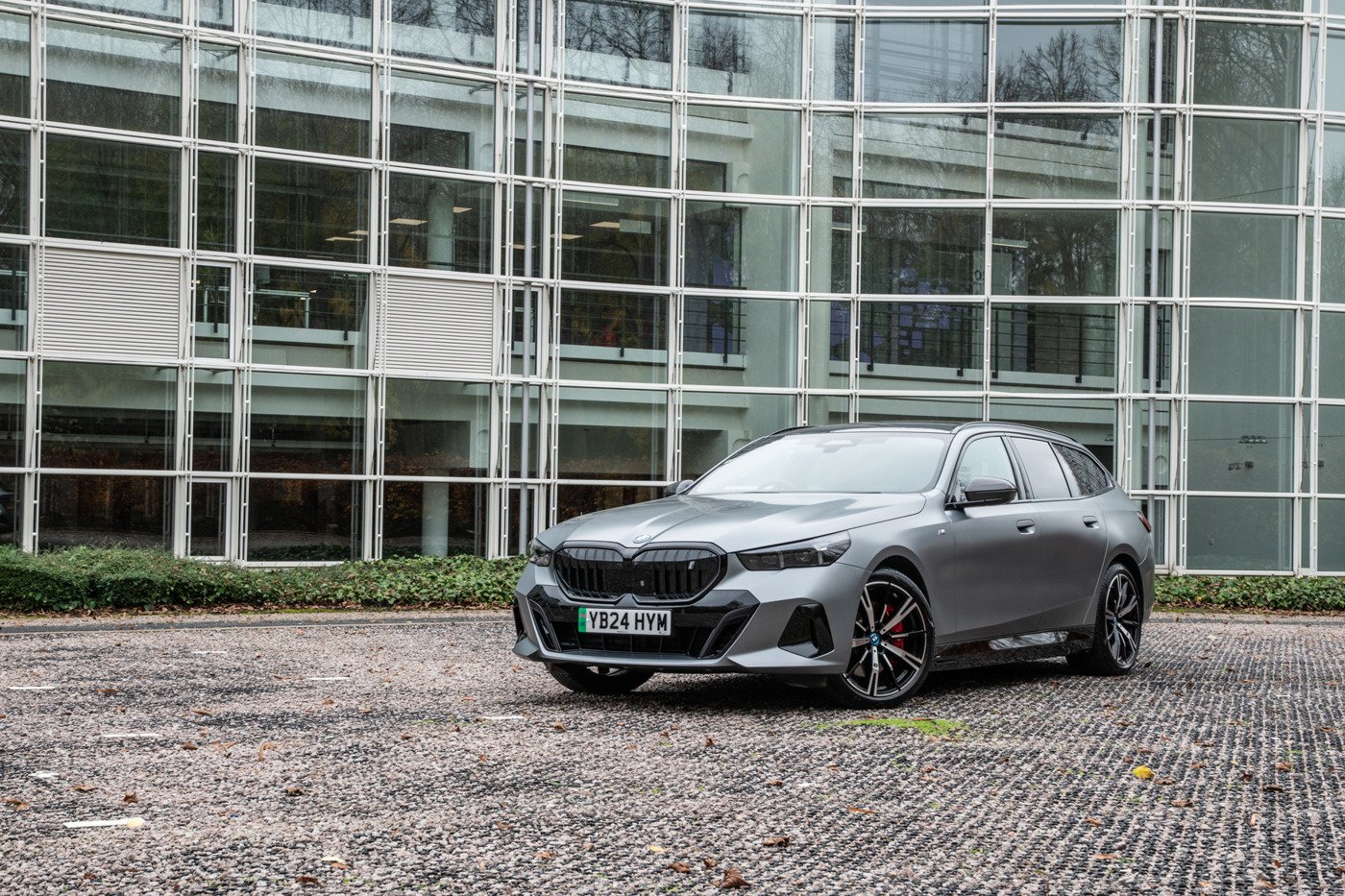

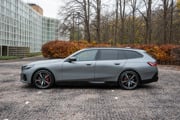

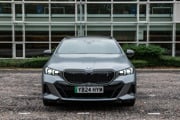

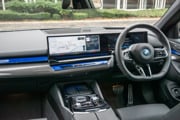


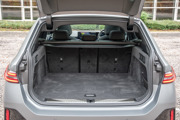
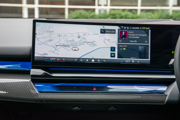



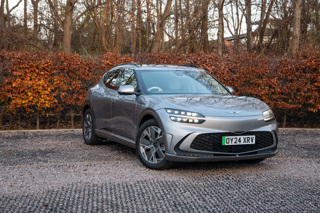
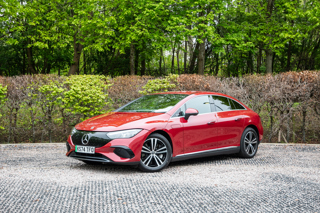
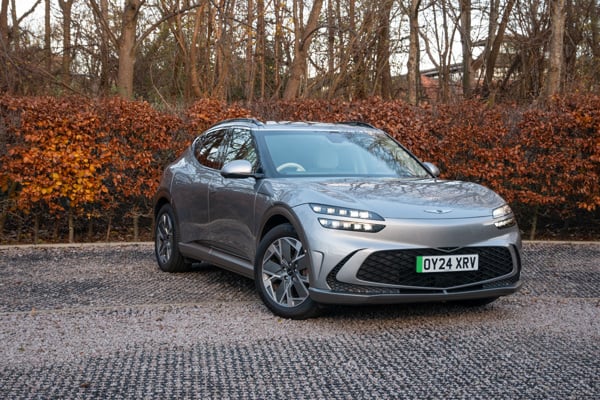
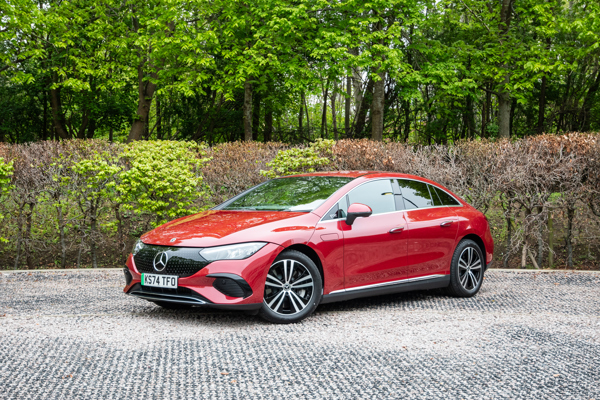
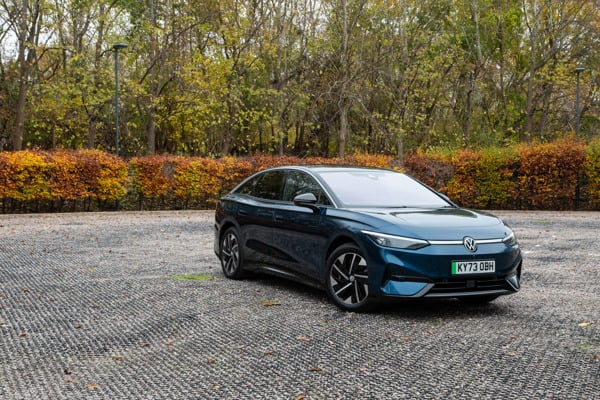
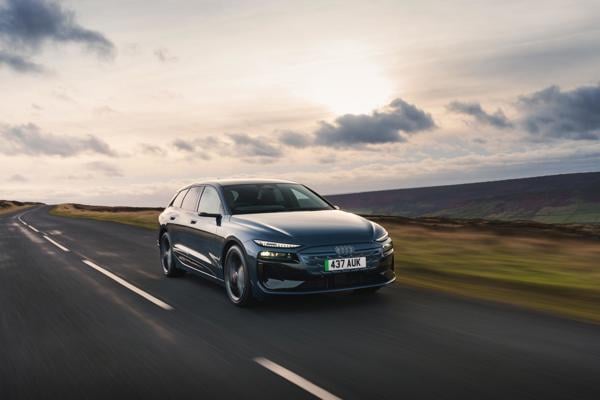
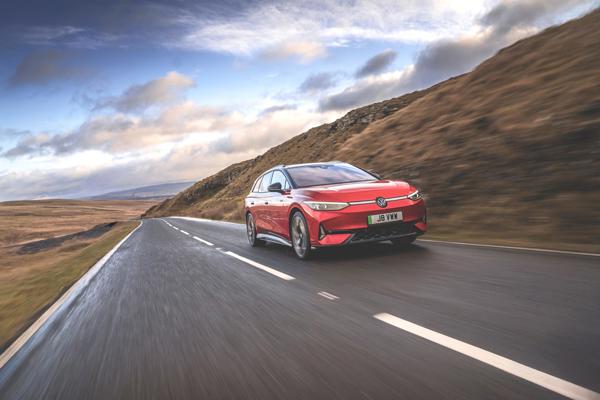
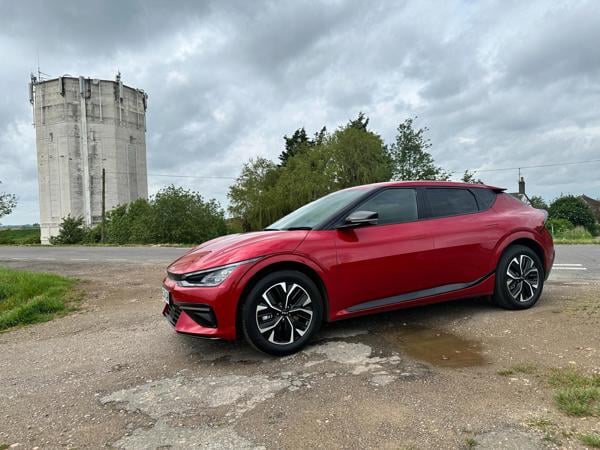
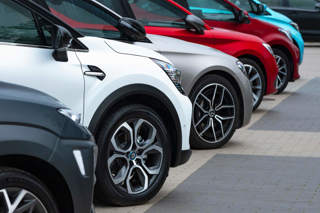
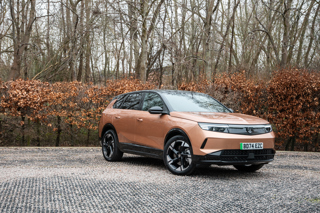
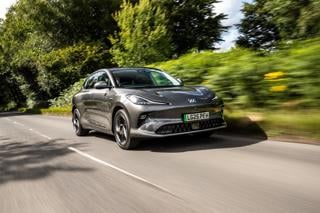
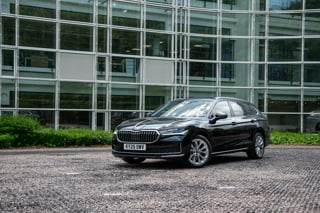
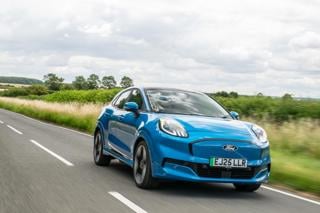








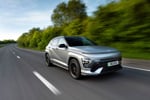



Login to comment
Comments
No comments have been made yet.